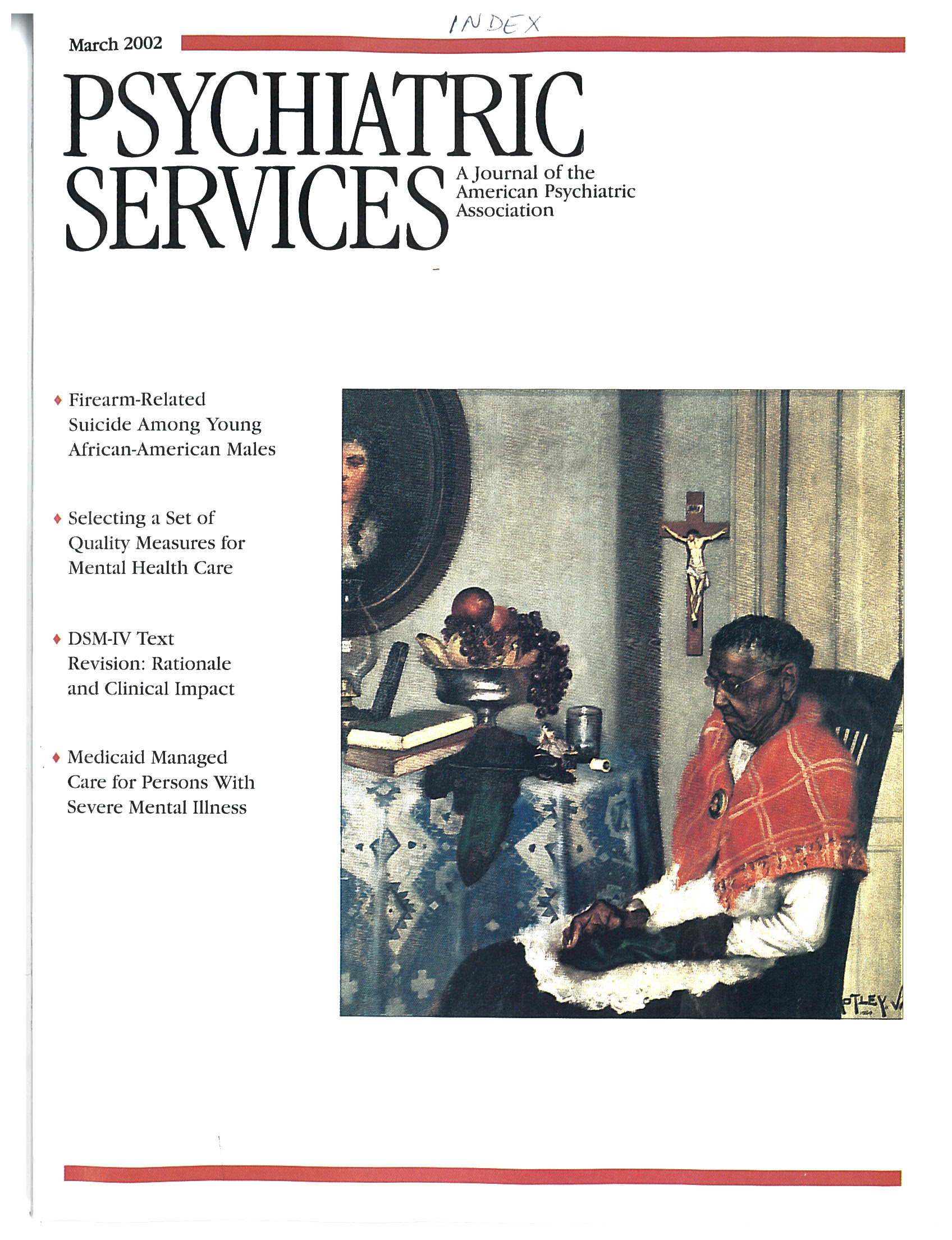The early psychosis movement is one of the more exciting trends of the past decade in psychiatry. Given evidence that longer durations of untreated psychosis are correlated with worse outcomes, the aim is to identify and treat psychosis in its earliest manifestations. The hope is that if cases can be identified before full-blown psychotic symptoms develop, the most disabling manifestations of chronic psychosis can be prevented.
Early Intervention in Psychotic Disorders is a collection of papers from an advanced research workshop held in 1998 in Prague. The book comprises 12 chapters written by leading figures in the field of early psychosis. With sections addressing the premorbid phase, the prodromal phase, the onset phase, and the early course of illness, the layout of the book reflects the natural history of psychosis itself. Most of the chapters include a thorough review of the literature, which conveys a comprehensive sense of the state of the art in early psychosis work, as of 1998. Some chapters offer detailed descriptions of seminal projects in the field, such as the Copenhagen High Risk Project in Denmark, the PACE Clinic in Australia, the DEEP Project in Finland, and the Buckingham Project in the United Kingdom.
As is often the case with books derived from symposia, the papers in this one show a distinct unevenness of style, quality, and even typeface. There is also a degree of repetition, which makes reading the book in a cover-to-cover fashion something of a chore. However, all clinicians who deal with psychosis would benefit from reading at least some of the chapters, especially the one by McFarlane on family-based treatment and the one by McGorry and associates on prepsychotic phase treatment.
Apart from in the chapter by McFarlane, the major conceptual and ethical issues inherent in the early psychosis movement are given little attention. The challenge of treatment of early psychosis is to identify early psychotic illnesses with an acceptable level of sensitivity and specificity. The problem of low sensitivity is discussed, but the problem of low specificity, which creates the potential for the overmedicalization of normal adolescent turmoil, is given less weight.
The most glaring omission, however, is the absence of any discussion about the confounding role of illicit drugs. Early psychosis that is not complicated by use of cannabis, amphetamine, or other street drugs is approaching the status of rarity in Western urban populations, and any useful approach to early psychosis must take this unfortunate fact into account.
These caveats notwithstanding, this book would be an excellent addition to any psychiatric library and could be usefully perused by clinicians of any discipline who deal with early psychosis or with at-risk young people.

